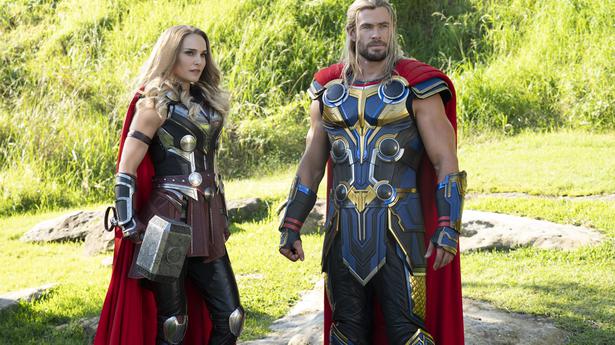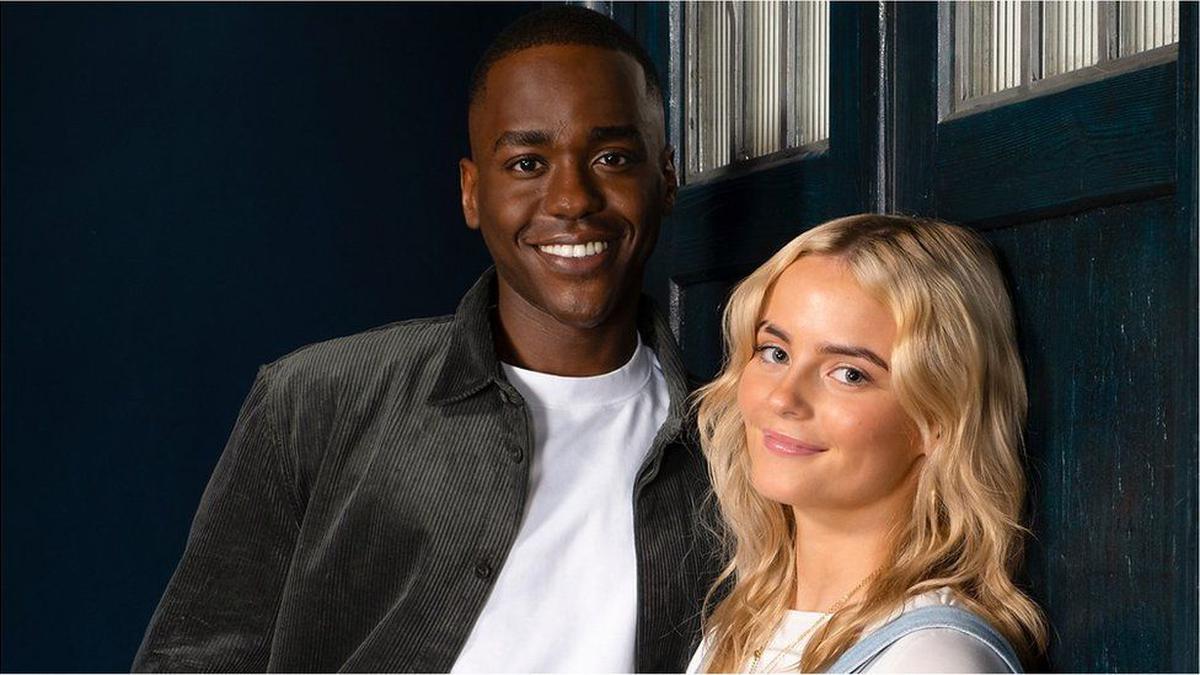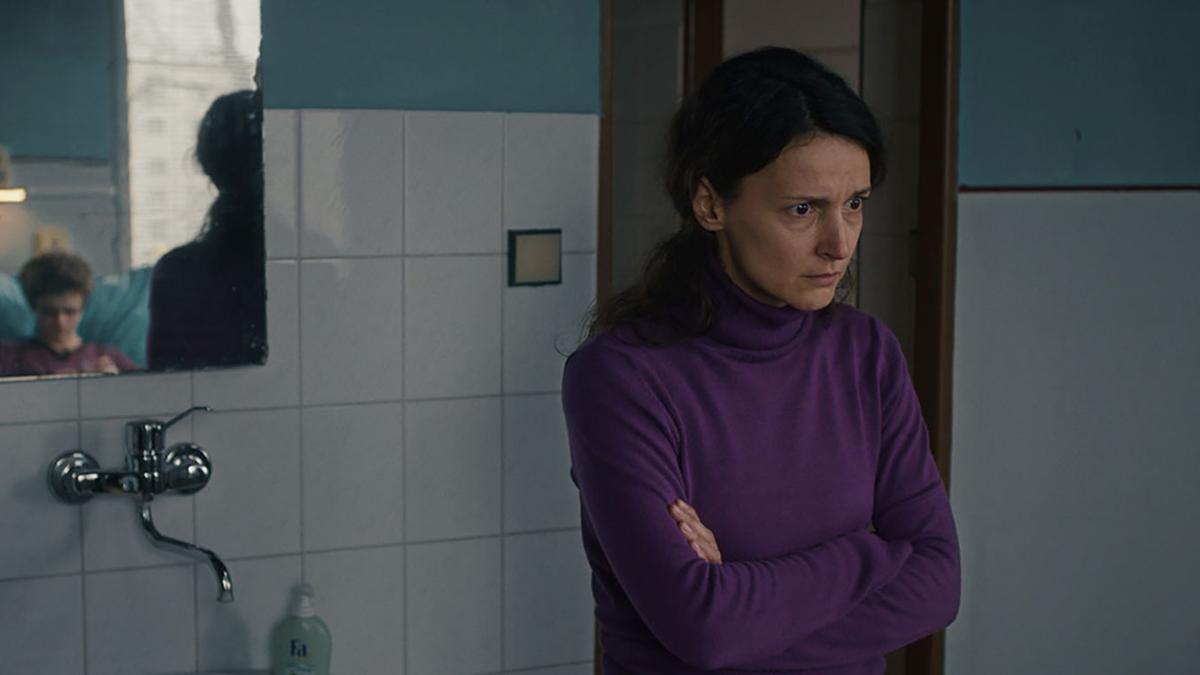Ruby-encrusted gold jewellery to handwoven cotton and silks, armours to tiger motifs, costume designer Eka Lakhani and jewellery designer Pratiksha Prashant disclose what it took to dress up the characters of ‘Ponniyin Selvan’
Ruby-encrusted gold jewellery to handwoven cotton and silks, armours to tiger motifs, costume designer Eka Lakhani and jewellery designer Pratiksha Prashant disclose what it took to dress up the characters of ‘Ponniyin Selvan’
The face-off between Chola princess Kundavai (Trisha Krishnan) and Nandini (Aishwarya Rai), the queen of Pazhuvur, is expected to be one of the many pivotal moments of Mani Ratnam’s Ponniyin Selvan -1, which releases on September 30. The promotional images of this face-off feature the actors dressed to perfection. This was among the toughest portions to design and style, say the film’s costume designer Eka Lakhani and jewellery designer-stylist Pratiksha Prashant of Kishandas & Co. “Nandini and Kundavai try to outshine each other; it was both challenging and fabulous for us to work with the two actors,” says Eka, when we meet for an interview in Hyderabad.
For Mumbai-based Eka and Hyderabad-based Pratiksha, walking into the world of Ponniyin Selvan, the film adaptation of Kalki’s period novel of the same name, was a one-off experience. Production house Madras Talkies gave them ample research material, which was prepared in consultation with historians. The designers added to this research to use period-appropriate jewellery and clothing for the film.
The first step was to not be overwhelmed by the expectations that come with adapting an eponymous book that every other Tamil household treasures: “Everyone has their own imagination of the characters,” says Eka. The design team made sketches of each character, and the old drawings by artist Maniam for the weekly magazine Kalki were among the reference points. Eka points out that while these drawings portray the royal characters during their public appearances, they had to imagine how Kundavai, Nandini or Vanathy would look in their private chambers.
Trisha as Kundavai and Aishwarya Rai (facing away from the camera) as Nandini
| Photo Credit: Special Arrangement
Fit for the queens
Eka and Pratiksha say while it was easy to sketch Kundavai with her elaborate hairdo or Nandini with her Aandal-inspired hairdo, the challenge was to make it work for the actors. Several look tests followed and measurements were taken before finalising the size of the hair bun and the angle. The hair accessories posed a challenge: “Earrings and necklaces were the easy part. Figuring out whether, say, a 11-inch or 13-inch hair accessory can adorn the elaborate hairstyles took some time. The drawings featured the women wearing both flowers and hair jewellery but this was tough to do in reality. The flowers would mask the jewels,” says Pratiksha.
The jewellery for the royal characters was designed in gold; and silver and other metals were used for other characters. Nearly 50 kaarigars were involved in making the jewellery. Pratiksha’s husband Prashant and brother-in-law Nithin of Kishandas jewellers oversaw the designing while she took charge of the styling.
The Cholas
Kundavai (Trisha): For the prim and proper Chola princess, the cuts were clean, sharp, with well-defined pleats.
Nandini (Aishwarya Rai): Darker shades of black, red and jewel tones to add to her mysterious aura, and flowy drapes.
Vanathi (Sobhita Dhulipala): Lehengas and half-saree inspired flirty drapes to suit her playful persona.
Poonguzhali (Aishwarya Lekshmi): The ‘samudra kumari’ or the queen of the ocean is draped in cotton saris in a manner that allows her to row the boat, run and jump where required. Oxidised silver and thread jewellery and period-appropriate tattoos are her adornments.
Aditya Karikalan (Vikram): His armour and jewellery with tiger motifs accentuate his aggressive demeanor.
Arunmozhi Varman (Jayam Ravi): Softer, subdued tones, including white and gold, for the future Chola King who also leans towards Buddhism. In addition to tiger motifs, tusk motifs were used for the elephant whisperer.
Vanthiyathevan (Karthi): The eternal traveller-messenger sports a soft leather armour and minimal adornments.
Periya Pazhuvettaraiyar and Chinna Pazhuvettaraiyar (Sarathkumar and R Parthiban): Equally powerful men in their own right and their colours and jewellery were also grandoise, to show their positions of power.
As advised by the director, Eka visited temples in and around Thanjavur to observe the sculptures, and talk to weavers. “A lot of available research dates back to the 12th century. We had to figure out what would be suitable for events that happen from the 9th to the 12th centuries,” she says.
Cotton, muslin and mulmul were the primary woven fabrics of the region. Trade brought in silks. Taking a cue from some of the temple sculptures, zari was used for the Chola royal characters but Eka’s team kept embellishments like embroidery to a bare minimum. “We used the beaten pita work to make it look subdued.”
Trade routes
Rubies were predominantly used in jewellery of the era, thanks to the flourishing trade between the Chola kingdom and Burma. “This probably explains why rubies were used in traditional temple jewellery worn by classical dancers,” say the designers. Some creative liberties were taken. “Emeralds and polkis — uncut diamonds — were used in the Golconda region; so we used some of it. The Chola kingdom also had ambassadors who travelled from far-off regions, bringing gifts with them; this helped us to take a few creative liberties. However, when we were sure that certain metals or materials were not used in that era, we refrained from using them,” Eka and Pratiksha emphasise.
The Chola kings were worshippers of Lord Shiva and the tiger was their emblem. Motifs inspired by these helped design some of the jewellery for the men. Motifs of flowers, creepers, leaves and birds were also used.
Some scenes that required more than 1000 artistes and everyone’s costumes and jewellery had to be in place. Ramoji Film City in Hyderabad gave the team a complete floor to run a factory-like set up for costumes and accessories. “Dyers, tailors and support staff had their hands full,” recalls Eka.
Dressing up the kings, queens, princes, princesses and nobles in the court was one part of the job. The designers mention how Mani Ratnam was specific that the commoners could not be neglected: “He would tell us they are not poor people, they are commoners,” Eka recalls.
The armours for the men were designed in Meerut and Delhi, the laces came from Gujarat and one team worked on clothes from Chennai. The collaboration during the pandemic made it challenging. Looking back, Eka says with pride, “It was a huge task and the credit goes to Mani sir for encouraging us to work on such a demanding project.”





